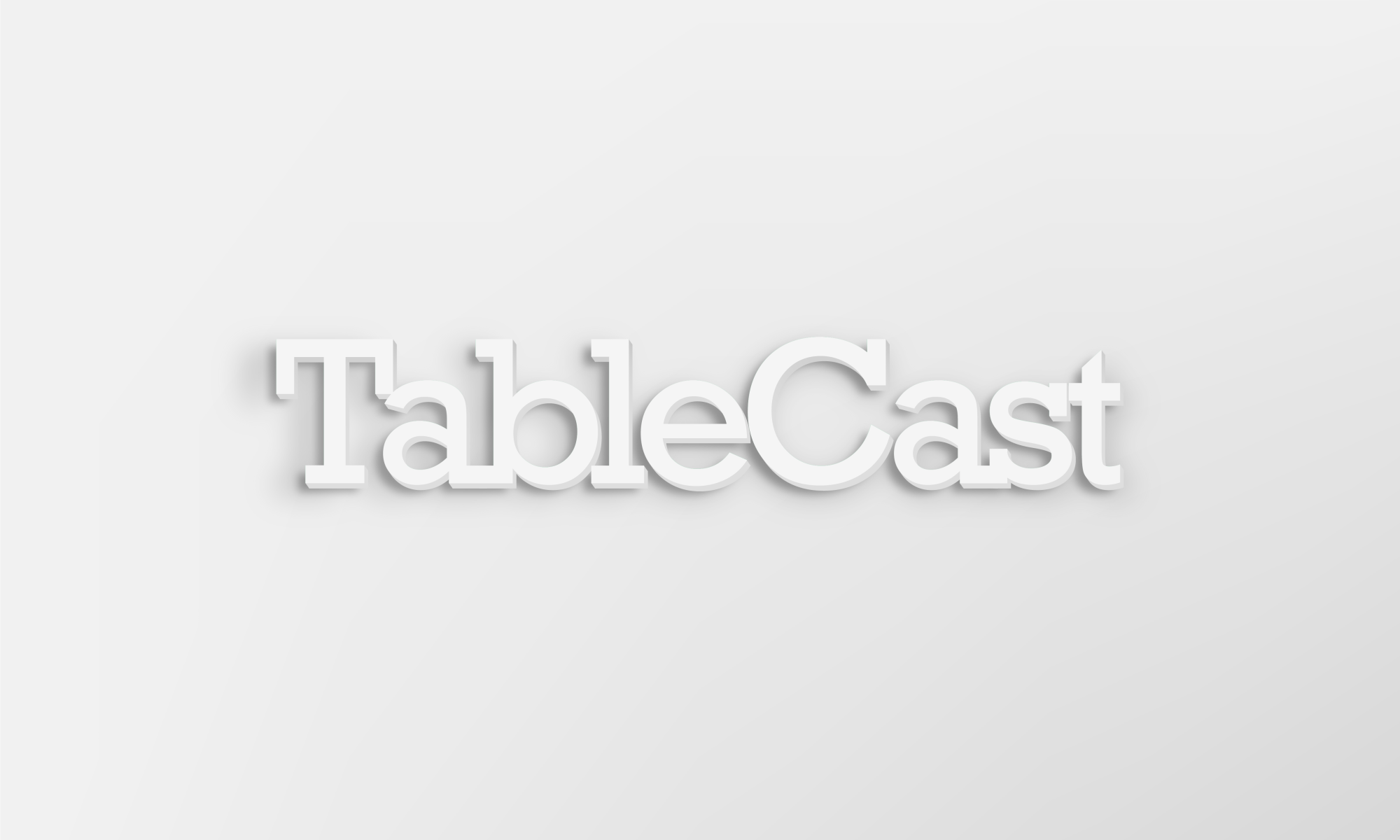Our biggest risk this week is integrating all of our code into the AGX Xavier. We don’t anticipate this to be a terribly big risk , but it is something we have yet to do. It is a high priority this week and we hope to finish integrating all of the current code onto that. This will also give us the opportunity to test the camera with the AGX which we anticipate will give us a significantly higher performance. We’ve already begun working on this process from Friday. We have not had any other changes to our timeline and we anticipate being on track.
Validation:
- User Acceptance Study: Our primary method of validation will be via the user acceptance study because it will allow us to assess how the design flow suits the user experiences. This study will encompass factors such as ease of UI, taste of product, training time, intuitiveness, etc. This will ensure that we can meet our basic use case requirements.
- Total Error Rates: Total error rates on the number of hangups, crashes, and general errors that occur throughout the user’s experience are key to understanding how we can process errors better. Part of this is also accounting for cases where error is detected and where it’s not. This will ensure that we can meet our engineering design requirements.
- Multi-Recipe Functionality: Our system should be compatible with multiple recipes in our library. This will prevent the danger of hard coding to a specific recipe which is not at all what we want. This will ensure we can meet our engineering design requirements and our general use case requirements.
- Latency: Our latency validation is important to test at the higher level with all of the subsystems working together. Since several of our subsystems are computationally expensive, running them in parallel should not result in a notable latency while the user is interacting with the experience. This is key to our engineering design requirements but definitely impacts our use case requirements.
- Expected vs. Recorded time: This validation is with regards to the expected time a recipe is marked to take and how much time it actually takes with the user’s ability to interact with the device. This is a major use case requirement because it conveys the actual effectiveness of our product.
